Spice Up Your Life: 7 Fiery Secrets of Mexican Gastronomy You Can’t Miss!
If you've ever tasted a perfectly seasoned taco al pastor or melted under the smoky warmth of mole poblano, then you already know — Mexican gastronomy is more than just food; it's a flavor explosion that tells centuries of cultural stories. But here’s the spicy truth: without its legendary spice game, Mexican cuisine would be just… well, tortillas and beans.
Table of Contents
- Why Spices Rule in Mexican Gastronomy
- Top 5 Spices That Define Authentic Mexican Flavors
- A Taste Comparison: Fresh vs. Dried Chilies
- Pro Tips: How to Use Mexican Spices Like a Local Chef
- Mole Magic: The Grandmother of All Spice Blends
- Spice Pairings That Will Change Your Taco Game Forever
- Buying Guide: Choosing the Best Mexican Spices at the Market
- Final Sizzle: Spice is the Soul of Mexican Food
Why Spices Rule in Mexican Gastronomy
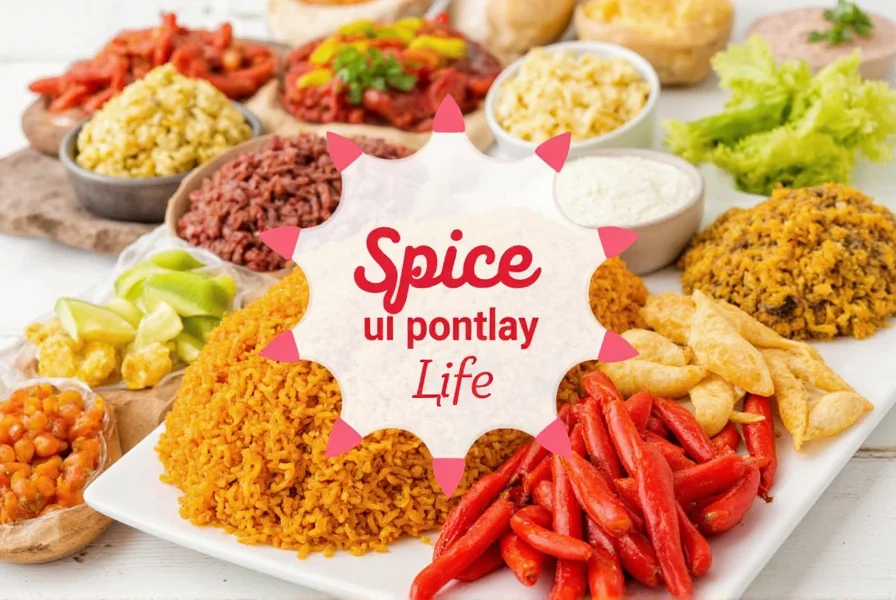
Mexico is a land of contrasts — from coastal seafood to mountain meats, every region brings its own flavor personality. But one thing unites them all: a love affair with spices. Unlike many cuisines where herbs take center stage, Mexican gastronomy leans heavily on dried chilies, aromatic seeds, and bold seasonings that add layers of depth, heat, and complexity to each dish.
What makes it even more special? Many of these spices were used by ancient civilizations like the Aztecs and Mayans, passed down through generations, and refined into the culinary art we know today.
Top 5 Spices That Define Authentic Mexican Flavors
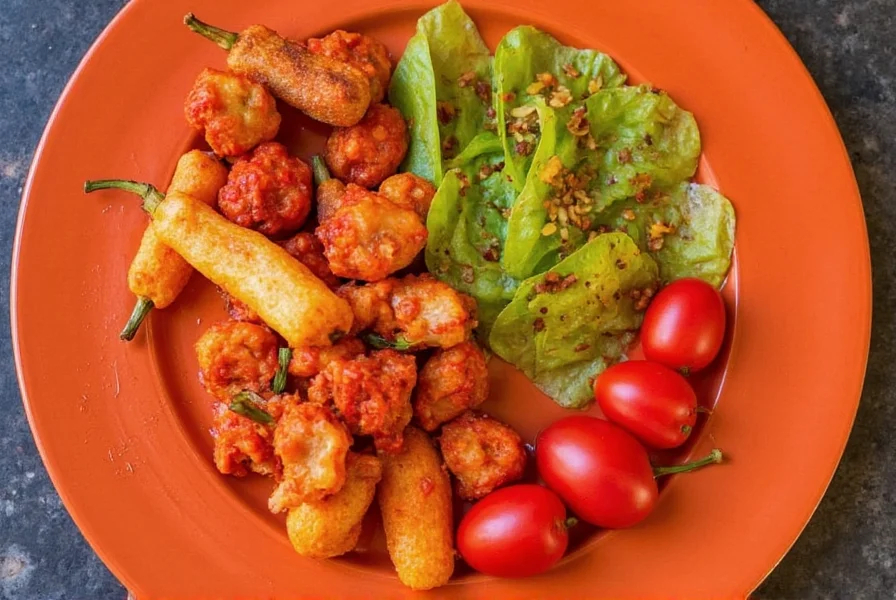
- Ancho Chili: The sweet, smoky base of many moles.
- Guajillo Chili: Bright, fruity, and medium-hot — perfect for sauces and marinades.
- Pasilla Chili: Often mistaken for ancho, but deeper and earthier in flavor.
- Coriander Seeds: Ground coriander adds balance to rich dishes like pozole or barbacoa.
- Epazote: An herb often used in soups and beans to aid digestion (and add flavor!).
A Taste Comparison: Fresh vs. Dried Chilies
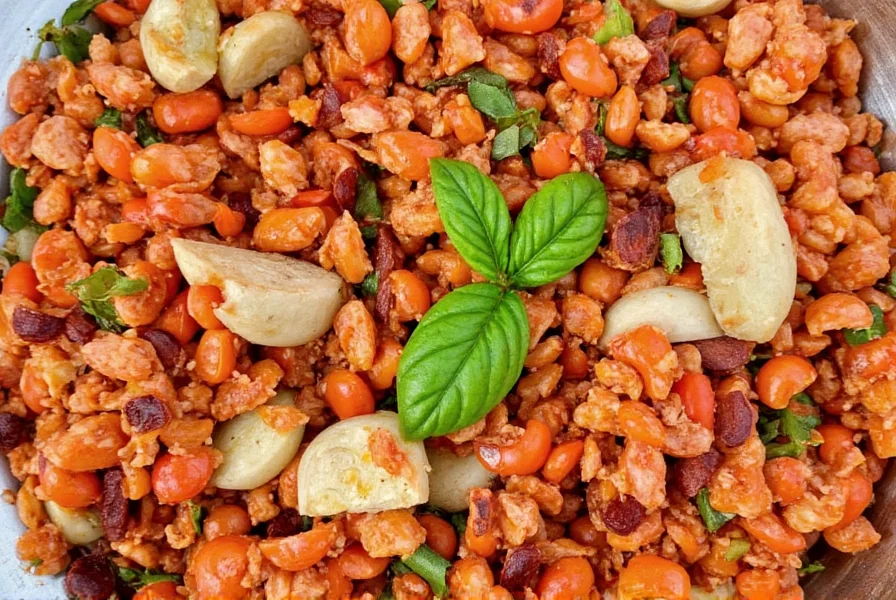
| Type | Flavor Profile | Heat Level | Best Used In |
|---|---|---|---|
| Green Jalapeño (Fresh) | Grassy, crisp, slightly spicy | Medium | Salsas, nachos, poppers |
| Chipotle (Smoked Jalapeño) | Smoky, deep, intense | Medium-High | Moles, stews, adobo sauces |
| Hatch Green Chile | Vibrant, buttery, vegetal | Varies | Enchiladas, cheese-based sauces |
| Guajillo | Fruity, tangy, berry notes | Medium | Red sauces, tacos al pastor |
| Arbol Chili | Sharp, nutty, bright heat | High | Salsas, oils, garnishes |
Pro Tips: How to Use Mexican Spices Like a Local Chef
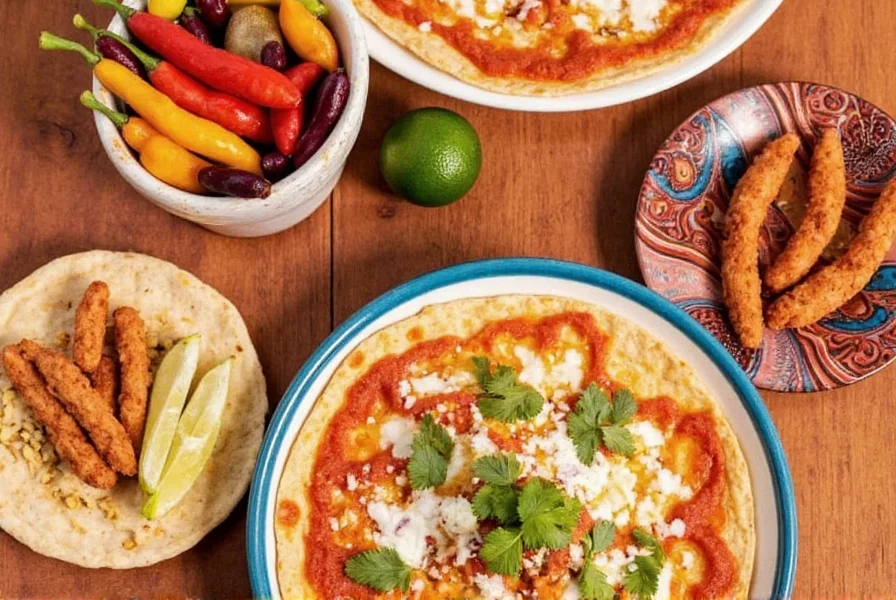
- Toast your spices before grinding — this unlocks their aroma and gives depth to salsas, moles, and rubs.
- Rehydrate dried chilies in hot water or broth to soften them before blending. This also infuses the liquid with flavor!
- Make your own chili powder blends — skip store-bought generic mixes and create custom blends tailored to regional dishes.
- Balance with acid and salt — lime juice, vinegar, or even tamarind can cut through richness and elevate spice profiles.
- Don’t overdo the heat — remember, flavor first! Heat should enhance, not overpower.
Mole Magic: The Grandmother of All Spice Blends
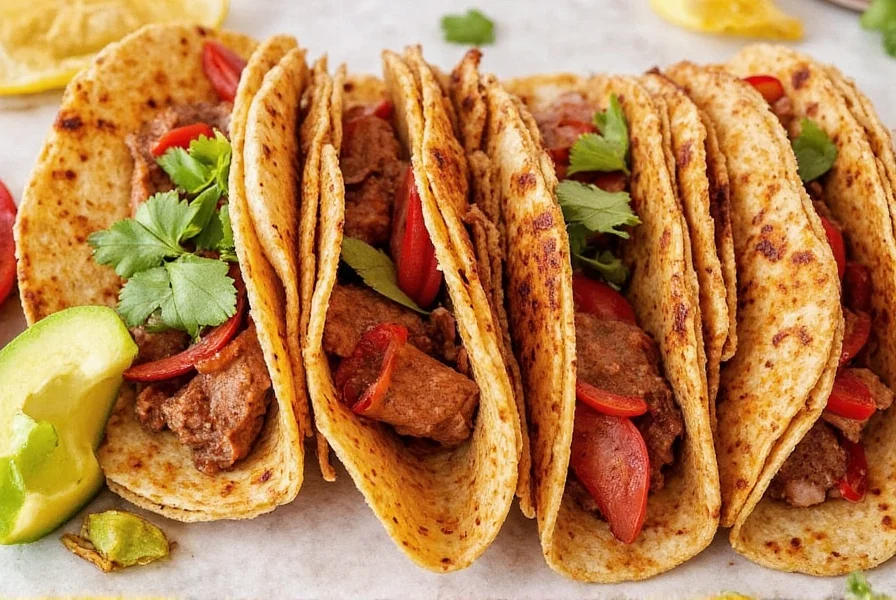
When people say Mexican cuisine is complex, they’re usually thinking about mole. A single mole recipe can call for up to 30 ingredients — including various spices, nuts, seeds, chocolate, and yes — several types of dried chilies.
Each region has its own version:
- Mole Poblano: Rich, dark, made with mulato, pasilla, and ancho chilies.
- Mole Verde: Herb-forward with tomatillos and fresh green chilies.
- Mole Negro: From Oaxaca, almost black in color, with toasted corn tortillas and bitter cocoa.
- Mole Amarillo: Yellow mole from Oaxaca, milder and more delicate.
Spice Pairings That Will Change Your Taco Game Forever
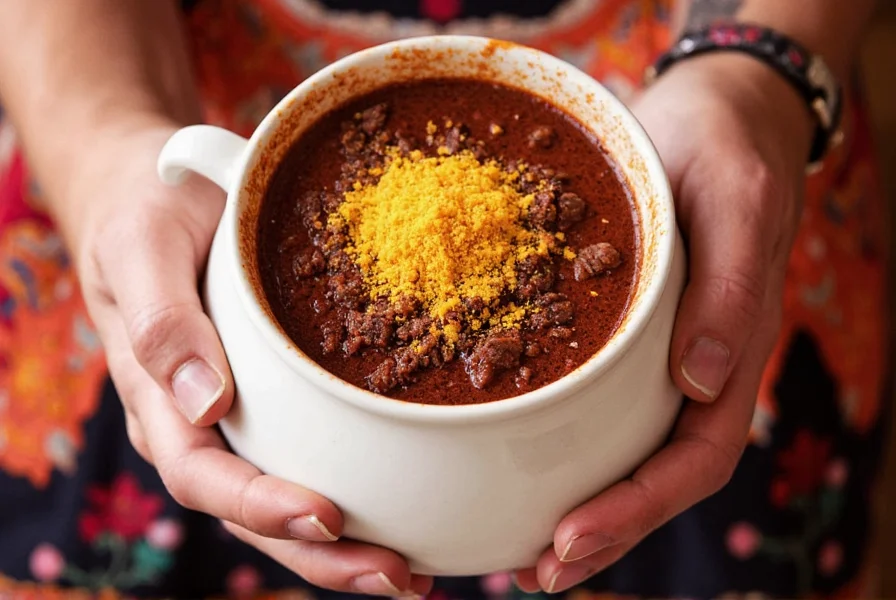
Think beyond salt and pepper. Try these spice pairings for next-level taco nights:
- Cumin + Lime Zest: Adds earthiness to grilled meats and bean fillings.
- Garlic Powder + Oregano: Perfect for carnitas and chorizo.
- Orange Peel + Clove: A sweet-spicy combo used in tacos al pastor marinade.
- Crushed Red Pepper Flakes + Cilantro: For a quick, fiery kick in street-style tacos.
- Dried Epazote + Onion: Enhances refried beans and squash blossoms.
Buying Guide: Choosing the Best Mexican Spices at the Market
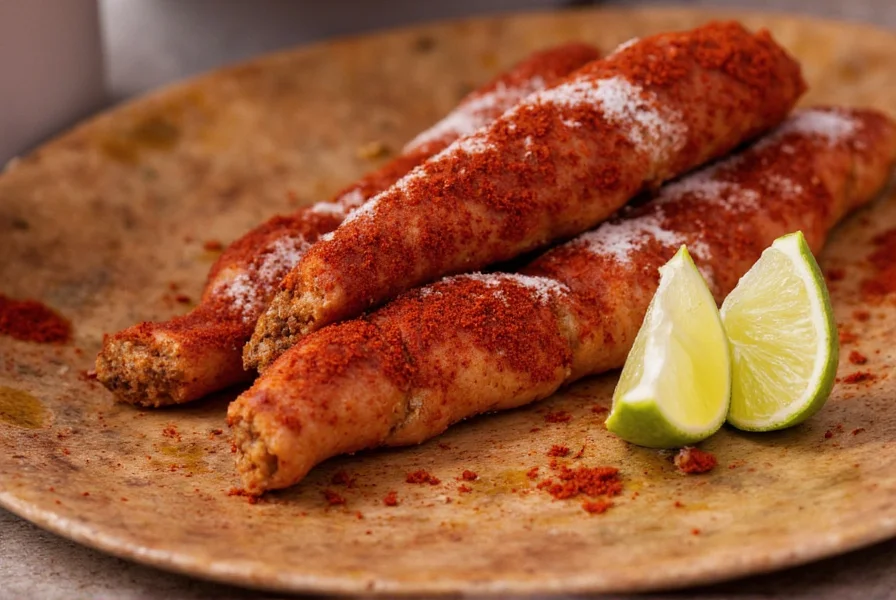
Whether you're shopping online or exploring local Latin markets, here’s how to choose quality Mexican spices:
What to Look For
- Freshness: Check for vibrant color and strong aroma. Dull or faded chilies are old and lack flavor.
- Origin: Spices grown in Mexico (especially from regions like Oaxaca or Guanajuato) tend to have better flavor profiles.
- Packaging: Whole dried chilies keep longer than powdered versions. Store in airtight containers away from light.
- Organic & Non-GMO: Worth the investment for purer flavor and fewer additives.
- Authentic Brands: Look for trusted brands like Goya, La Costeña, or regional artisan labels.
Recommended Products
| Product | Description | Features | Best For |
|---|---|---|---|
| Goya Guajillo Chilies | Premium dried chilies with consistent size and deep red color | Eco-friendly packaging, widely available | Taco sauces, enchiladas |
| MexGrocer Organic Ancho Chile Powder | 100% ground ancho peppers, no preservatives | Gluten-free, vegan, non-GMO | Mole recipes, dry rubs |
| La Morena Epazote Leaves | Dried traditional herb with authentic Mexican aroma | Comes in resealable bag, long shelf life | Beans, soups, quesadillas |
| El Yucateco Habanero Seasoning | Hot spice blend featuring habanero, garlic, and citrus | Great for grilling and seasoning meats | Grilled seafood, tacos |
Final Sizzle: Spice is the Soul of Mexican Food
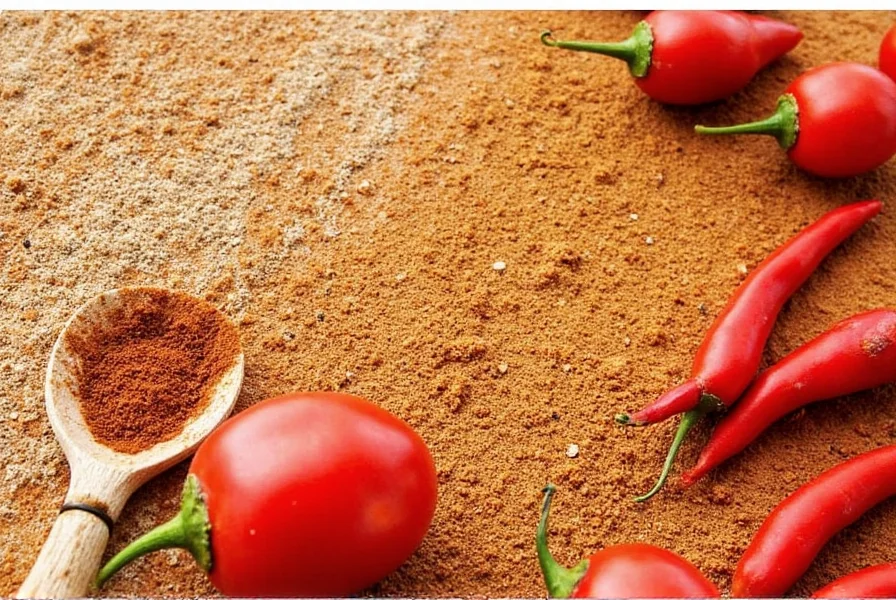
Mexican gastronomy isn’t just about what’s on the plate — it’s about history, culture, family, and the soulful way each ingredient tells a story. And when it comes to telling those stories with passion and punch, nothing does it quite like the right combination of spices.
So go ahead — experiment with new spice blends, try making mole from scratch, and don’t be afraid to ask questions or make mistakes. After all, that’s how flavor evolves. Now get cooking, and let your kitchen sing with the fire and flair of true Mexican spice!











 浙公网安备
33010002000092号
浙公网安备
33010002000092号 浙B2-20120091-4
浙B2-20120091-4